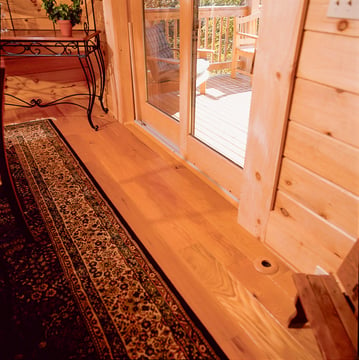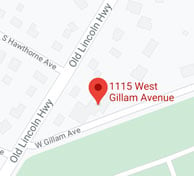Purchasing a new air conditioning system for your home can be a big investment. You'll need to consider many factors such as the age and type of home you live in, the size of your home, the number of rooms, the presence or lack of ductwork, your budget, and your overall comfort goals. After reviewing these factors, you'll need to determine which type of AC system is best for you. In this article, we'll explore the benefits and drawbacks of standard central AC, ductless AC, and high-velocity AC.
Traditional Central Air Conditioning
Central air conditioning is a system in which air is cooled at a central location and distributed to and from rooms by one or more fans and ductwork. A standard central AC system consists of one outdoor unit with a condenser coil and compressor. Inside, the system utilizes an evaporator coil that's inside the air handler or attached to the furnace. The air handler should be installed in a central part of the home to ensure efficiency and easy service access.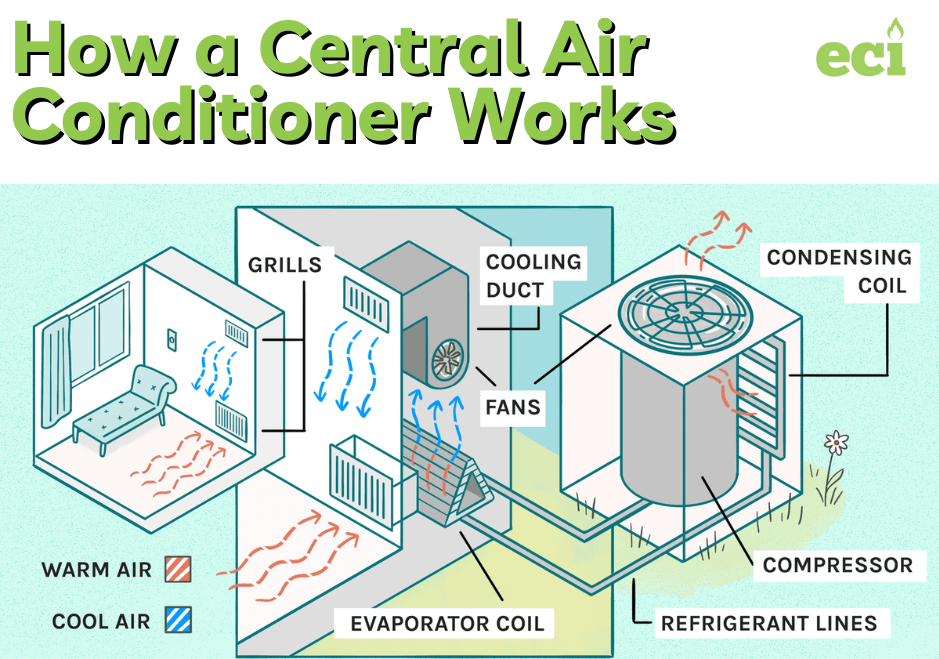

Pros of central AC
Traditional air conditioning is a more affordable option for homes that already have ductwork. If you have a gas or oil furnace for heat, then your home will already have ducts to distribute the warm air throughout the home. In this case, you will only need the outdoor and indoor units which will send cooled air through your existing ductwork.
Another advantage of central AC is that is completely hidden inside your home. Air handlers are concealed -- typically in utility closets, basements, or attics. And like any air conditioning system, there's also the outdoor unit that's placed outside, usually in the backyard or side of the house.
Central air systems also have built-in filters to help clean the air that flows through your home. The air is forced through the filter(s) so that the material catches contaminants before they can circulate through your home. Filters help maintain your indoor air quality and keep you and your family healthy.
Cons of central AC
If your home relies on a gas or oil boiler for heating and does not have air conditioning, it may not have the necessary ductwork. Instead, heat is distributed throughout the home using pipes and radiators. Central air systems, on the other hand, require metal ductwork that is typically six inches in diameter. These ducts branch off into two sections to supply and intake cool air. Installing this extensive ductwork requires significant space and often involves construction to accommodate the system in your home or building.
Moreover, the ductwork itself can also be a cause for concern in the long run. One common issue that arises with ductwork is leakage, resulting in the conditioned air escaping through gaps, cracks, and seams before it reaches the intended living spaces. It has been suggested by experts that 10 to 25 percent of conditioned air can be lost due to these leaks. This results in reduced comfort and efficiency. You may also need to have your ducts cleaned annually, in addition to the outdoor and indoor units, to maintain indoor air quality.
Although the upfront cost of central AC is lower compared to other systems, your bills could be higher over time. This is because you have to run the air throughout the whole home or level at the same time. For instance, if you have a thermostat for your first floor but you are only in the kitchen, you still need to run the AC for the entire first floor. Ductless systems, on the other hand, are great for zoning and reducing energy use. Continue reading to learn more about ductless AC.
Ductless mini-split air conditioning
Ductless air conditioning, also known as ductless mini-splits, is a system in which air is cooled and sent to specific zones throughout the home. Linesets are used to connect the outdoor unit to indoor air handlers that are typically placed on walls in different areas of the home. The air handlers can also be floor-mounted or ceiling-mounted.
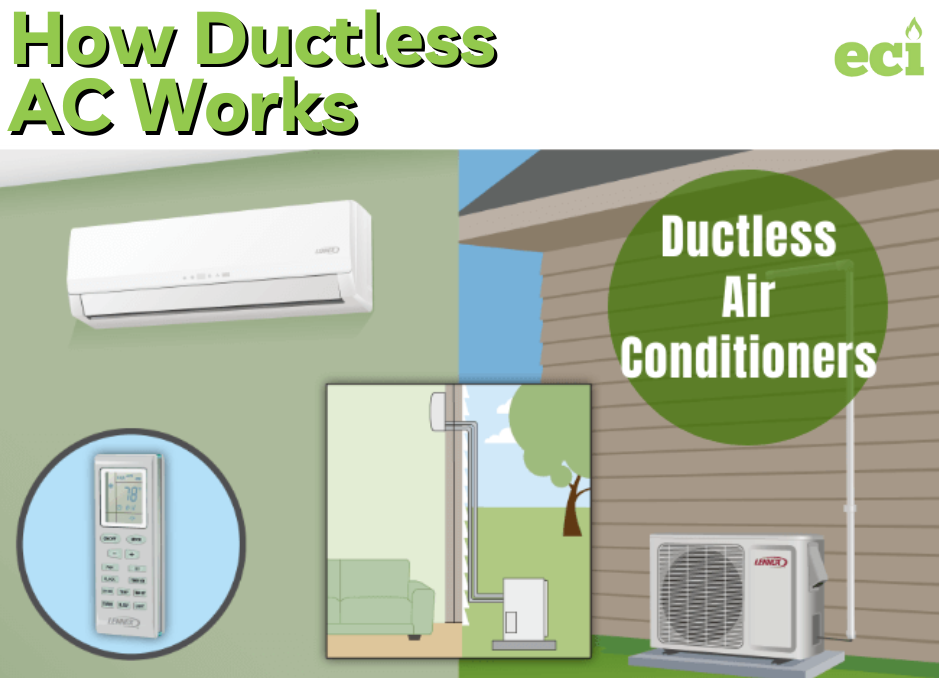
Pros of ductless AC
As mentioned above, ductless systems have useful zoning capabilities. Each indoor unit is controlled by its own thermostat, rather than typical central AC systems that have one indoor air handler and oftentimes only one to two thermostats. Because the air handlers can be controlled individually, you can enjoy personalized temperatures in one area of the home while someone else sets a different temperature in another room.
A second advantage of ductless air conditioning is that it can be used to heat your home, too. Ductless systems can be installed with a straight air conditioner as the outdoor unit, or a heat pump. So your new air conditioner can serve as a two-in-one system.


This brings us to the third benefit: efficiency. Ductless systems operate on electricity, eliminating the need for fossil fuels to heat your home if you choose the heat pump option, which is typically the standard. Ductless heat pumps circulate warm air instead of generating it, resulting in significant energy savings. Additionally, since each ductless unit functions as its own zone, you can turn off the air handler in unused rooms. These factors combine to enhance efficiency and help you save money.
A final advantage of ductless AC is its easy installation process compared to systems that require ductwork. Ductless mini-splits only require a small hole in the wall for the linesets that connect the outdoor unit to the indoor air handlers. Because the installation is so simple, ductless systems are perfect for any home. Whether it's an older home, new construction, or just an addition that needs cooling, ductless is a viable option.
Cons of ductless AC
A drawback of ductless is that the indoor units are not concealed like they are with traditional systems. The air handlers can be placed high on the wall, low on the wall/floor, or recessed into the ceiling. Even though they come in different colors in styles, having a visible unit is oftentimes not preferable. 

In addition, the filter in each ductless air handler should be washed every two weeks. This can be a hassle in comparison to ducted filters that can last several months before needing a change-out, but changing the filters is important in maintaining optimal performance and air quality.
High-velocity air conditioning
High-velocity central air conditioning works in the same fashion as a standard central system -- air is cooled at a central location and distributed to and from rooms by ductwork. The main differences are the small ducts and the option for a heat pump as the outdoor unit.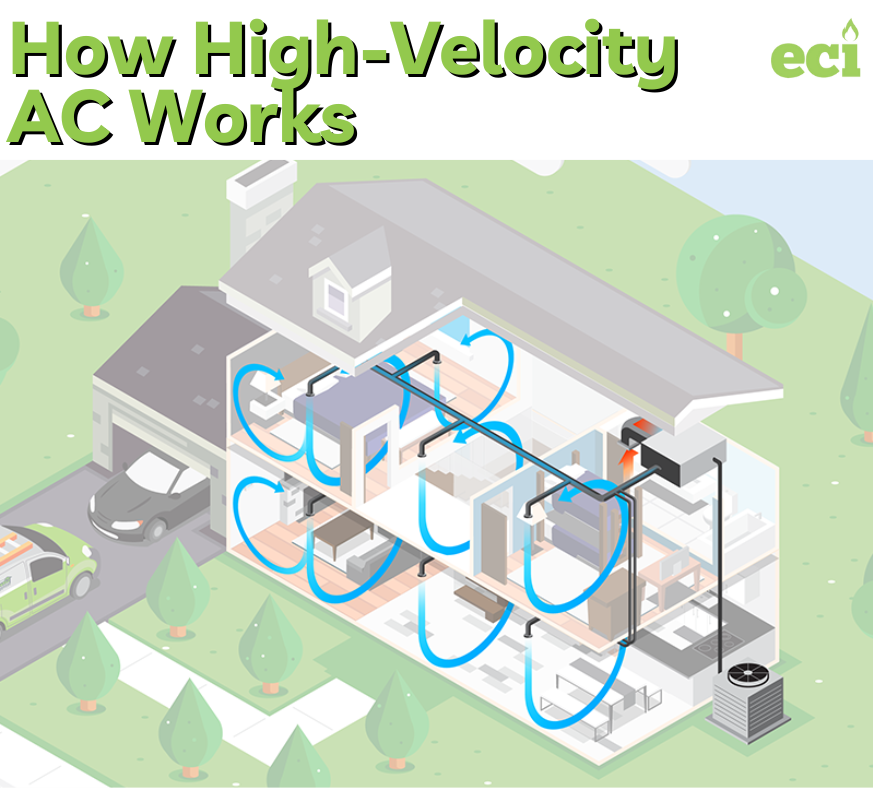

Pros of high-velocity AC
A high-velocity system uses a unique design composed of insulated small ducts, which can be hidden in the walls without adding bulkiness, keeping the interior design aesthetic. That means a plan doesn't need to be designed around the HVAC system, as it would with a conventional ducted system. The insulated aluminum tubes are flexible and average about two inches in diameter. Because of the size, these tubes are generally easier to fit into existing walls, floor joists, etc. Many older homes are better candidates for high-velocity AC for this reason.
High-velocity systems are also great at removing humidity in your home. This is because they rely on the aspiration method, where air is delivered with such speed that it creates air currents that circulate the cooled air throughout the room. Not only does this create better circulation and increased comfort, but it also does a better job of removing humidity. In fact, Unico's high-velocity can remove up to 30 percent more humidity than standard AC systems.
Lastly, high-velocity AC outlets are typically more concealable than standard vents. The three-inch wide outlets can be placed against doors and walls to keep them out of sight. They can also be altered to match the material on floors, walls, and ceilings.
Cons of high-velocity AC
High-velocity systems have the highest upfront cost compared to other types of AC. But while high-velocity systems may have a higher upfront cost compared to other types of AC, it's important to consider the overall value. If you have a conventional system with significant duct leakage, inefficient air mixture, and limited returns in each room, you may be experiencing higher operational costs. In contrast, high-velocity AC eliminates the need for collateral costs such as soffiting and additional construction, saving you both money and space. Additionally, the operational costs of high-velocity systems tend to be lower in the long run.
Which AC System is Right for Me?
Central air conditioning
Standard central AC systems are a perfect choice for homes that already have ductwork or use a furnace for heating. These systems are especially suitable for homes with ample outdoor space, as traditional outdoor condensers tend to be larger than ductless heat pumps. On the other hand, homes in urban areas or with limited outdoor space may not be the ideal fit for traditional AC. Additionally, if you prefer to keep the main components of the system hidden away, a conventional central AC system is the way to go. Lastly, if you're working with a smaller budget, central AC is likely the most cost-effective option for you.
Ductless air conditioning
Ductless mini-splits work in any home, but they are the best option for additions, basements, smaller homes, homes with open floor plans, or older homes with no ductwork. Ductless is also useful if you need to supplement a room that never seems to get cool (or warm) enough.
Moreover, if you're looking for an all-in-one comfort system, or if you want a dual-fuel option with your existing heater, then a ductless heat pump is ideal for your home. Heat pumps are also suitable for those who want to "go green" and switch to electricity rather than fossil fuels. Ductless systems are good for homeowners looking to increase efficiency as well.
High-velocity air conditioning
High-velocity AC is beneficial for older or historic homes, as well as any home that is not suitable for traditional ductwork. This innovative system is also an ideal choice for homeowners who prefer a more discreet air conditioning solution, allowing them to easily conceal the components and vents for a seamless and stylish look. If you live in a humid climate like the Greater Philadelphia area, a high-velocity system would be helpful in removing excess humidity, too. Lastly, if you are willing to invest more and intend to enjoy the comfort of your home for an extended period, opting for high-velocity AC would be a wise choice.
Conclusion
Now that you've reviewed this information, one of our trained Comfort Specialists can ultimately help you determine which type of air conditioning is best for your home. To learn more or schedule a free estimate, click the button below or give us a call today.
If you live in the Delaware Valley/Greater Philadelphia area and would like to find comfort within your home, visit our website or give us a call at 215 - 245 - 3200 to learn more.


